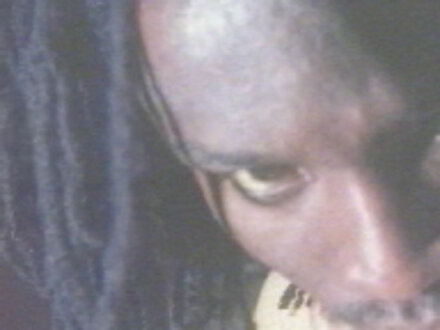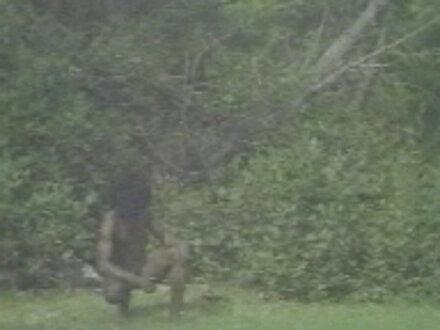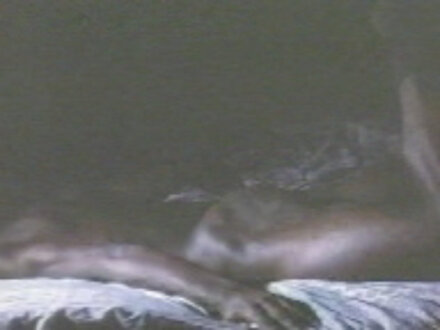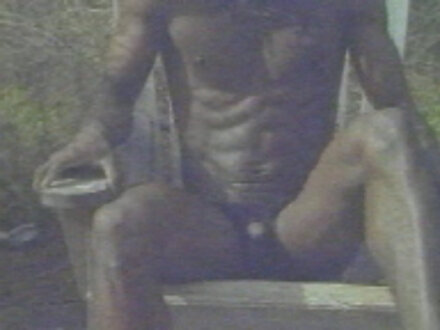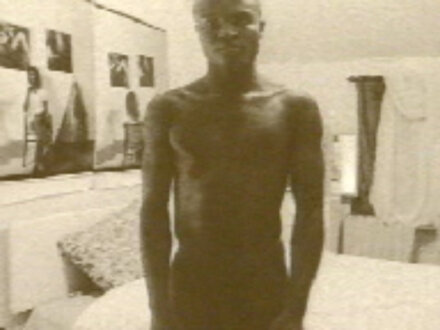The Hair or The Man (c.1994) and Blink (2001):Two video projections (Works)
Selected Works
Oladélé Ajiboyé Bamgboyé
The Hair or The Man (c.1994) and Blink (2001):Two video projections Press Release
Thomas Erben is very pleased to present the work of Oladélé Ajiboyé Bamgboyé. Concurrent with his second solo show at the gallery, Bamgboyé’s video-installation “Homeward: Bound” is exhibited in “The Short Century” at PS 1. At the same institution, the video “The Body” was included in the “Animation” show this past autumn.
On view will be “The Hair or the Man” and “Blink”, two single-screen video projections, as well as two series of B/W photographs. “Niggers are Scared of Revolution” a song by Umar Bin Hassan opens “Hair” and continues throughout interspersed with choreographed electronic sounds, “Barber’s Saloon-Haircut”, a song by Mikey Dread, and the artist talking in German/English. Adorned with dreadlocks, we watch him undressing on a bed and stirring evocatively or moving nakedly in an environment of lush greens. Alternating scenes, shot in B/W, portray him closely, head shaven. Several text-blocks such as “Why Did I Shed the Sexy Locks” or “Self Recognition Can Equate Progression” point to the work’s content: In the late ‘80s, in Europe, locks were seen as a sign of sexual, physical and intellectual prowess. Shedding of hair, thus “becoming less desirable”, occurred for the artist during his first visit, after 16 years, to Nigeria at age 28. Demanding respect for other aspects of his individuality, Bamgboyé’s “Hair” advocates the liberation of identity, smashing the limitations of identity politics.
Parts from the video’s outdoor footage, shot 1991 on Vancouver Island, were also used for “Blink”, 2001. A subtle, luminous imagery in lavish greens is accompanied by murmured, multi-lingual conversations and “Oiseau du Paradis” an electronic composition by Cyrille Verdeaux and Pascal Menestreyl. The resulting meditative, trans-portative mood displaces the viewer into a trans-cultural utopian space.
In the outside panels of “Birds of Paradise”, a triptych of large silver prints from 1989, Bamgboyé tenderly offers a tropical “Bird of Paradise” flower to the central image of a nude, white female. Shot out of focus and printed with low contrast, the work deals with the intricacies of interracial attractions. Similarly, “Eine Reise” (a travel), a series of 6 photographs of the artist in an unkempt bedroom with a female sleeping, maps questions of cultural differences.
Between the video works as well as the series of photographs, Bamgboyé develops – through a dialectic examination of cultural conditions – a way that ultimately leads the viewer to engage in a meaningful cultural interaction that transcends nostalgia or simplistic romanticism. Working with photography, video and new media in our purported era of globalization, he translates his cultural and social awareness into highly engaging and historically informed esthetic representations.
Oladélé Ajiboyé Bamgboyé is considered one of the most interesting young African-born artists.
His work has been included in major international exhibitions such as:
“In/sight: African Photographers, 1940 to the Present” 1996 Guggenheim Museum New York; “Alternating Currents” 1997 Johannesburg Biennale Johannesburg, South Africa; Documenta X 1997, Kassel, Germany; Mostra Africana de Arte Contemporanea Videobrasil 2000, Sao Paulo, Brazil; “Intelligence, New British Art” 2000 Tate Britain London, UK; “Voila – le Monde dans la Tete” 2000 Musee d’Art Moderne de la Ville de Paris France and “The Short Century” 2001 Museum Villa Stuck Munich, traveling to House of World Cultures Martin-Gropius-Bau, Berlin, Germany, PS 1 New York, NY, and Museum of Contemporary Art Chicago, IL.
In addition, together with Pedro Cabrita Reis, Luc Tuymans, Karsten Hoeller, Miroslaw Balka, and Eija-Liisa Ahtila, he was shortlisted for the Vincent van Gogh Award in 2000 which was organized by the Bonnefantenmuseum, Maastricht, The Netherlands.
Born in 1963 in Nigeria, the artist currently works and lives in London. He also contributes regularly to writings on contemporary visual culture and theory.
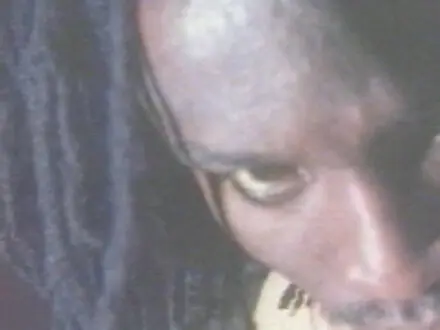 The Hair or The Man, c. 1994 (re-mastered 2002). SOUND ON.
The Hair or The Man, c. 1994 (re-mastered 2002). SOUND ON.
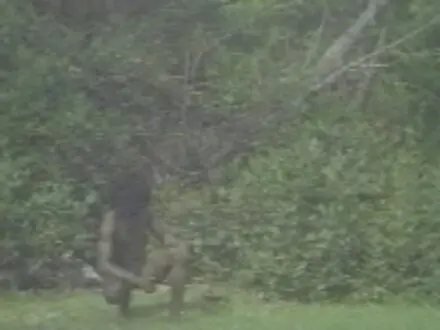 The Hair or The Man.">
The Hair or The Man.">
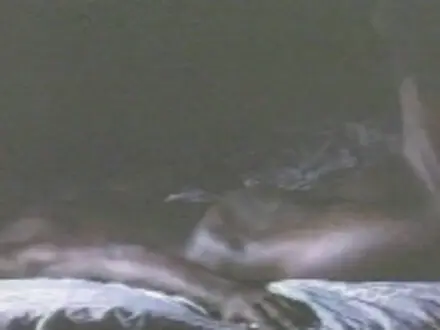 The Hair or The Man.">
The Hair or The Man.">
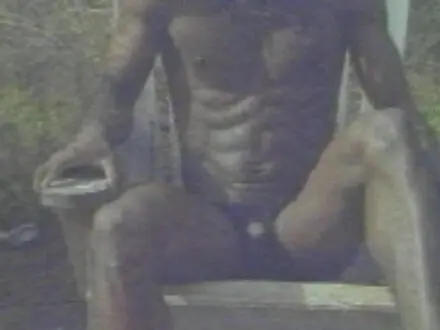 The Hair or The Man.">
The Hair or The Man.">
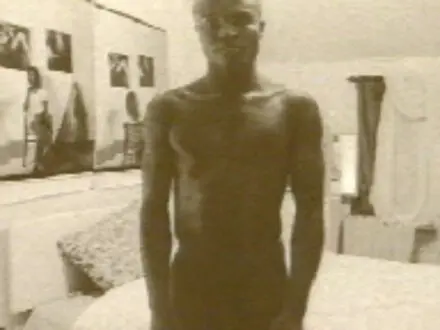 The Hair or The Man.">
The Hair or The Man.">
